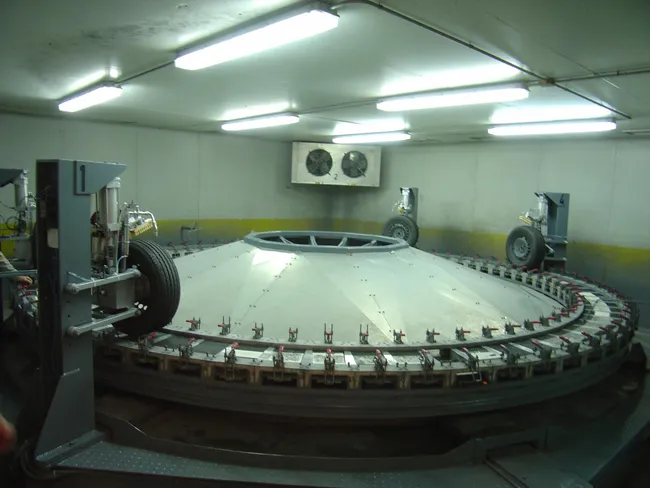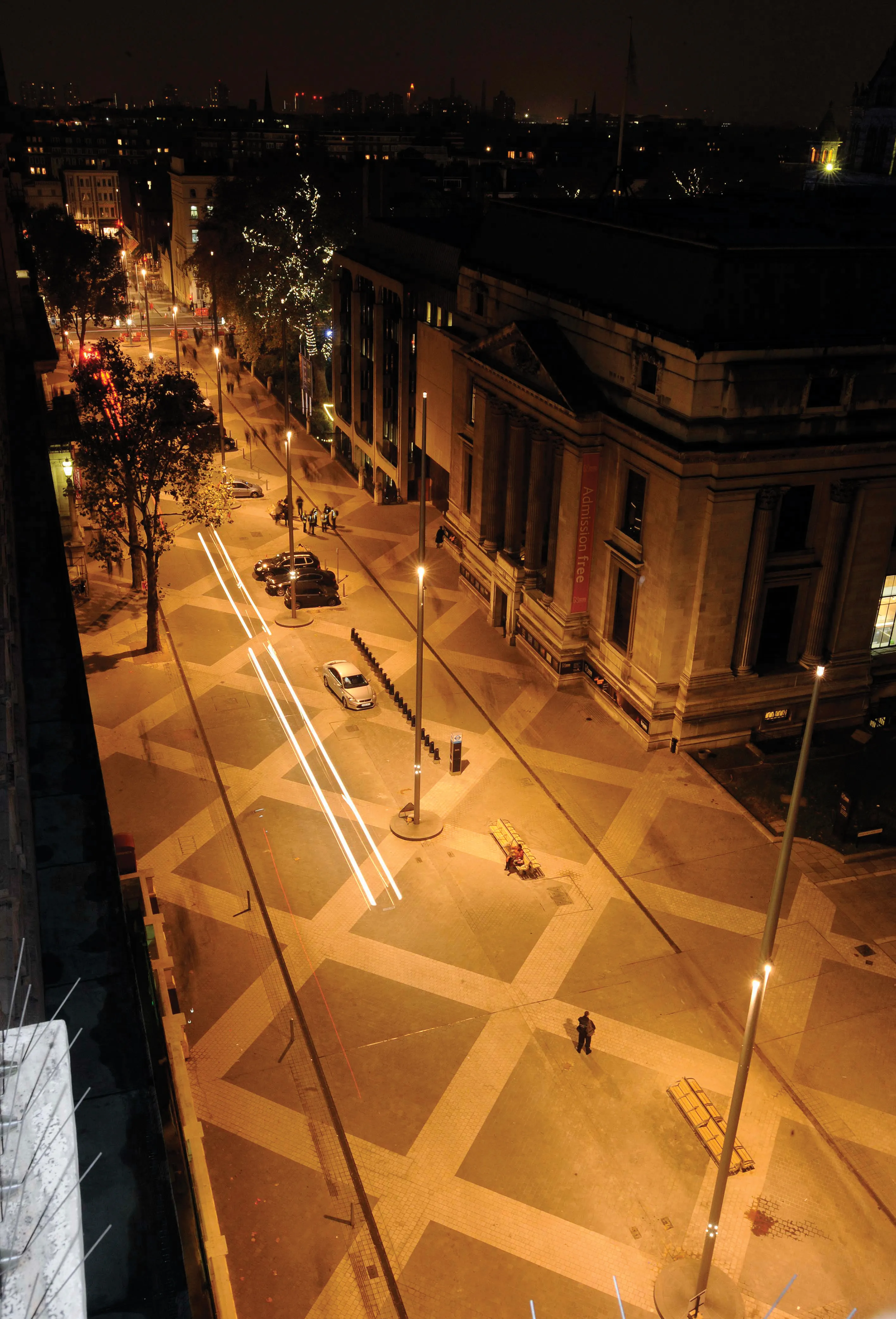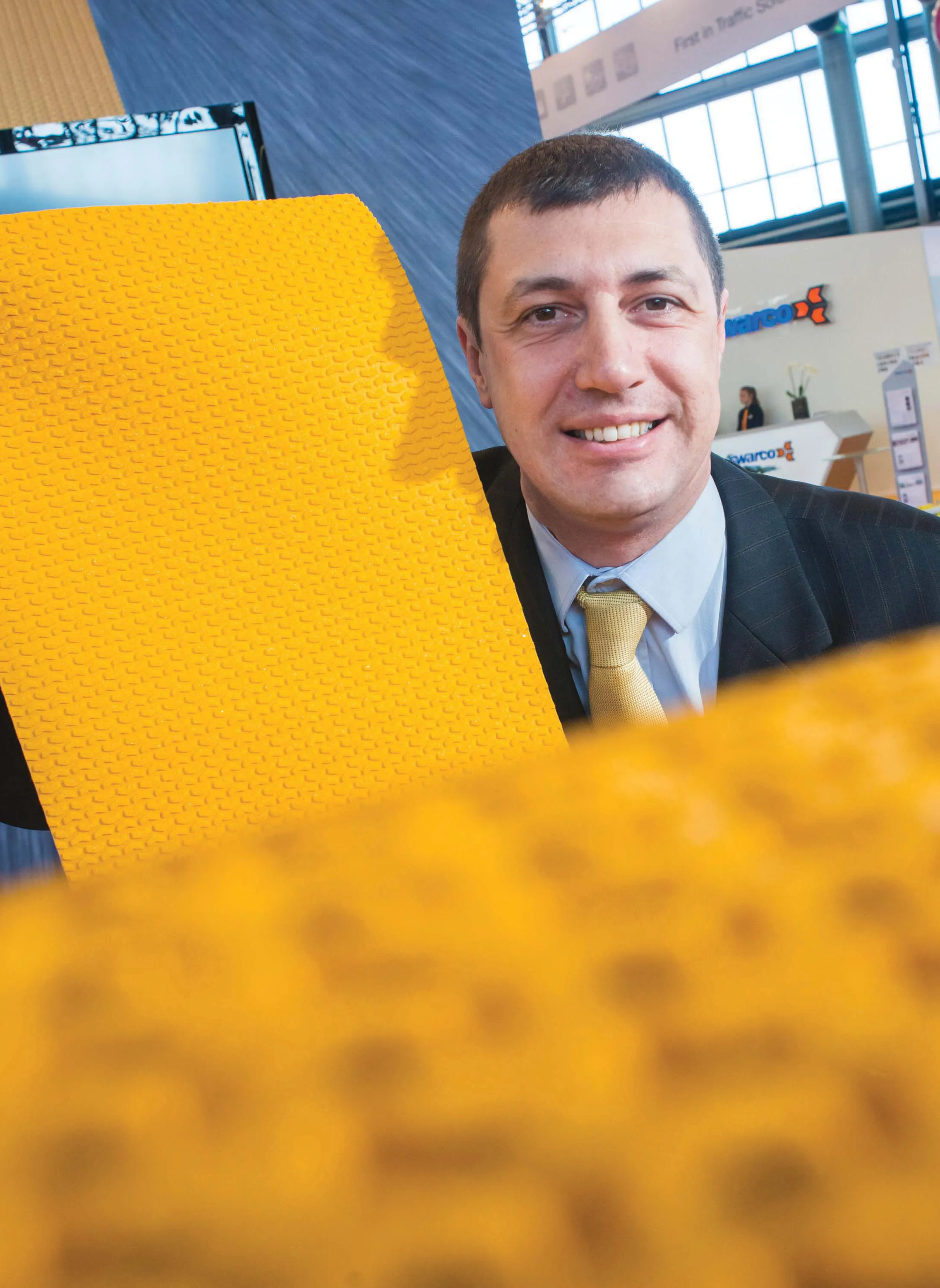
Ghost road markings and blacked out lines could become a thing of the past if the year-long trials on England’s M5 motorway around London are successful, said Highways England, the government-owned company responsible for modernising, maintaining and operating England’s motorways and major A roads.
The testing and trials - Transforming Road Markings competition - are part of the agency’s international research project costing more than US$830,000 to find the most effective road markings that will also reduce damage to the surface when the lines are removed. The competition was launched in conjunction with UK highway maintenance contractors Roadcare and Kier.
Testing in the Spanish capital Madrid involved a laboratory-based machine system that subjected the materials to over two million “wheel overs”.
Removing markings can cause damage to the surface with the repairs adding to the overall cost of road schemes and creating additional work. Testing is also taking place on five removal systems which could address this issue, said corporate group leader Martin Bolt, who has been overseeing the competition for Highways England.
“We know ghost markings on any roads, not just ours, can be confusing for drivers and autonomous vehicles so we set out to find a solution which makes a real difference not just for road users on our network but across the globe,” said Bolt. “There is a worldwide problem with road marking removal and it is the first time the industry has been challenged like this. We’re hoping the outcome of the competition will give us a greater understanding of the materials and processes we, and the road industry, should be using in future schemes.”
Thirty-six entries came in from around the globe with applicants asked to send samples of their product for testing which has been taking place at an industry-recognised centre in Madrid.
“By working collaboratively with our client and supply chain partners…we have been able to continue to develop and deliver new ideas, products and processes,” said Scott Cooper, managing director of strategic highways at Kier.
After the trials on the M5 motorway, the most successful products will be highlighted in research shared around the world, said Keith Dawson, managing director of Roadcare.
The winning entries in the thermoplastics materials area were
In the cold plastics category the winners were Swarco and MEON (England). For tapes, the winner was 3M (England).
However, in the water paints category, Highways England said there was no winner and therefore no trials because “no product reached the minimum requirements” during the Madrid testing phase.









